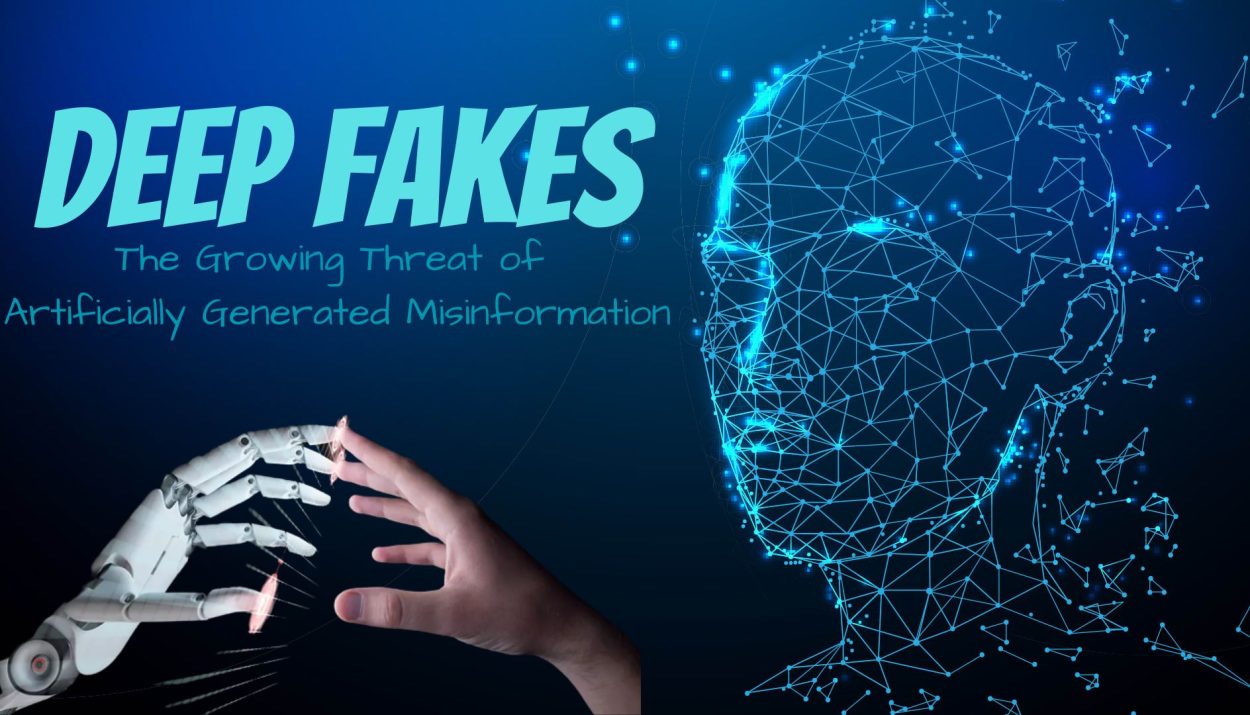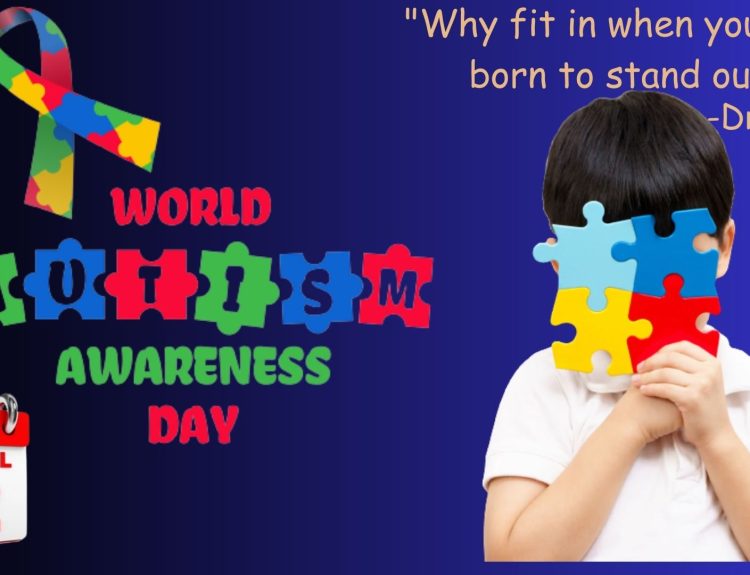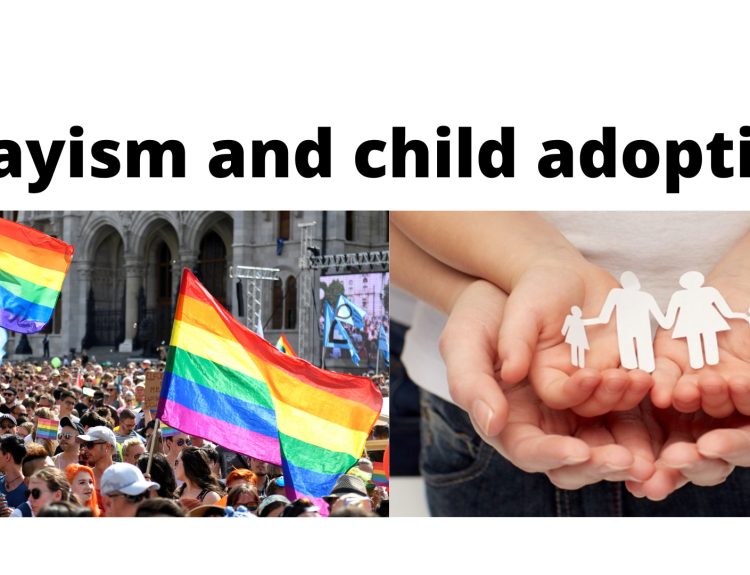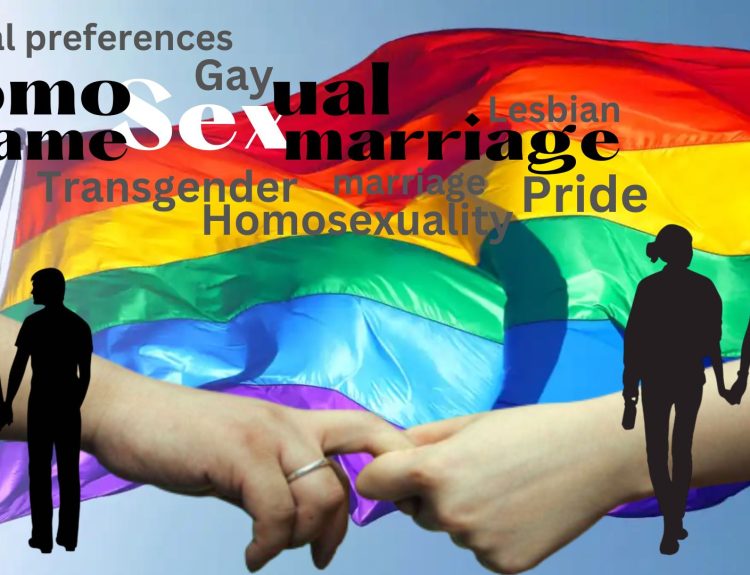The term “deep fake” is self-explanatory. Deep here refers to deep learning by machines which is a type of Artificial Intelligence (AI) and fake refers to something that is not real.
As technology continues to advance, so do the capabilities of deep fake technology. Deep fakes are manipulated videos, images or audio files that use artificial intelligence (AI) algorithms to alter reality in convincing ways. While this technology can be used for harmless purposes such as creating entertaining content, it can also be used to create misleading and harmful content such as political propaganda, revenge pornography, and fake news. This article will explore the growing threat of deep fakes and their impact on society.
Artificial intelligence, or AI, is a rapidly evolving field of computer science that focuses on creating intelligent machines that can perform tasks that would normally require human intelligence, such as learning, reasoning, problem-solving, and perception. AI technologies have already had a profound impact on our lives, from empowering virtual assistants like Siri and Alexa to improving medical diagnostics and drug discovery.
What are Deep fakes?
Deep fakes are realistic-looking simulated videos and audio that are created using machine learning algorithms that generate synthetic media by combining elements of multiple sources. These algorithms are trained on large data sets of images, videos, and audio files to learn how to manipulate these elements in a realistic way. The resulting fake videos, images or audio files are indistinguishable from real ones. Deep fakes can be used to swap faces, alter voices, and manipulate body movements, making it difficult to identify the authenticity of the media.

With technological advancements happening rapidly, creating deep fakes has become increasingly effortless in recent times. However, it is important to acknowledge that deep fakes also have negative aspects to them. In fact, most instances of deep fake usage tend to be threatening in nature.
The Growing Threat of Deep fakes
The ability to create convincing fake media is a growing threat to society, as deep fakes can be used to spread misinformation and manipulate public opinion. The most common use of deep fakes is to create fake pornographic content or revenge porn which can have devastating effects on the lives of the people involved ( the idea is to swap celebrities’ faces without their consent resulting in several well know celebrities falling victim to the practice). Deep fakes can also be used to spread fake news and propaganda, influencing political campaigns and public opinion. We are entering an era where our enemies can make anything at any time.
One example of this is the deep fake video of former US President Barack Obama created by Jordan Peele and BuzzFeed. The video shows Peele impersonating Obama while deep fake technology is used to manipulate his facial expressions and movements to make it seem as though Obama is saying things he never actually said. This video demonstrates how easily deep fakes can be used to manipulate public opinion by creating fake content that appears to come from trusted sources.

Another example of the impact of deep fakes on society is the use of deep fake techniques in political campaigns. Deep fakes can be used to create videos of politicians saying things they never actually said, or to make it seem as though they are engaging in illegal or unethical behaviour. These videos can be used to damage a politician’s reputation and influence the outcome of an election.
The Impact of Deep fakes on Society
Deep fakes have the potential to significantly impact society in both positive and negative ways. On one hand, deep fakes can be used to create highly realistic visual effects in movies, video games, and other forms of media, leading to more immersive experiences for audiences. They can also be used for educational purposes, such as training medical professionals or simulating historical events.
However, the negative impact of deep fakes is a growing concern. One major issue is the potential for deep fakes to be used for malicious purposes, such as spreading misinformation or defaming individuals. The ability to create convincing fake media can also be used to create fake evidence in legal cases, leading to wrongful convictions or acquittals. Deep fakes create a climate where actual information can be mistaken as fake.
Moreover, deep fakes have the potential to erode trust in media and society as a whole. With the increasing use of deep-fake technology, it is becoming increasingly difficult to distinguish between real and fake videos or images, leading to a general sense of scepticism and mistrust. This can ultimately have significant implications for democracy and the public’s ability to make informed decisions.
The use of deep fakes in cyber bullying and revenge porn can also have devastating effects on the lives of the people involved. Deep fakes can be used to create fake pornographic content, which can be distributed online without the consent of the people involved. This can lead to emotional distress, reputational damage, and even job loss.
Read- Mental Health Issues
Preventing the Spread of Deep fakes
As the use of deep fakes becomes increasingly prevalent, it is important to explore strategies for preventing their spread. Fake videos are difficult to detect.
Preventing the spread of deep fakes is a complex issue that requires a multifaceted approach. One way to prevent the spread of deep fakes is to raise public awareness about the issue. Educating people about deep fakes and how they can be used to spread misinformation can help people identify fake content and reduce the impact of deep fakes on society.
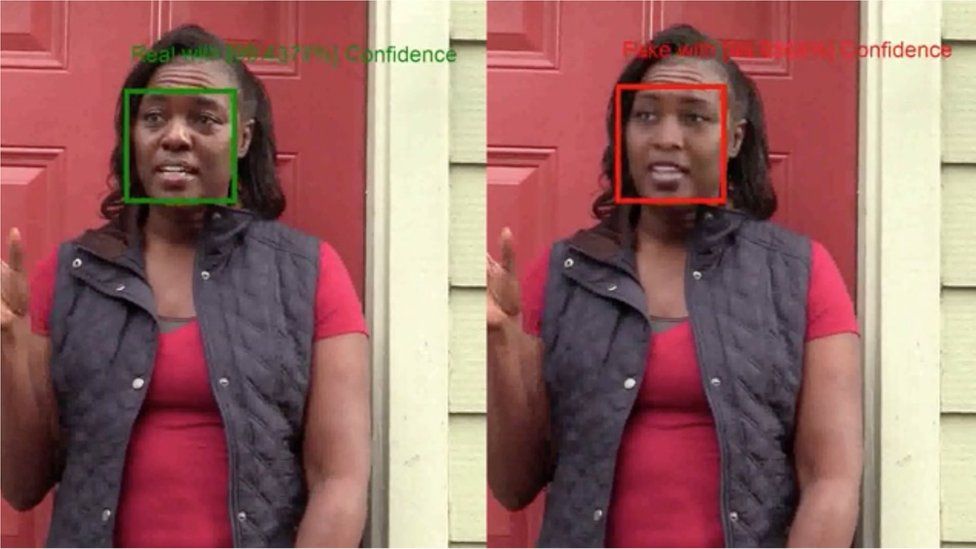
Another way to prevent the spread of deep fakes is to develop technology that can detect and identify deep fakes. This technology can be used to scan videos, images, and audio files to identify signs of manipulation. While this technology is still in its early stages, it has the potential to be a powerful tool in the modern world.
Conclusion
The risks posed by deep fakes are already a tangible reality, contributing to a broader problem of misinformation. In a world where discerning fact from fiction is already challenging, genuine information is often rejected as false, conspiracy theories abound, and governments engage in sophisticated disinformation campaigns. It is important for policymakers, technology companies, and society as a whole to address these concerns and work towards responsible and ethical use of this technology.
Read more
Artificial intelligence: deep fakes in the entertainment industry- WIPO
How To Spot A Deepfake Like The Barack Obama–Jordan Peele Video- BuzzFeed


